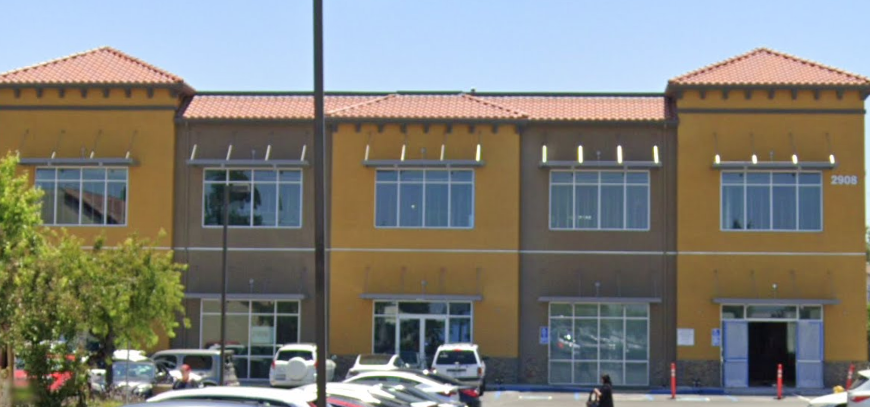At their Dec. 11 meeting, Planning Commissioners took action on a permit request that would allow a Korean-inspired spa to operate at 2908 El Camino Real. After discussion concluded that the spa’s business model wouldn’t lend itself to illicit uses, the proposal was approved for the 15,820 square foot spa to operate in a two-story building that will potentially have a ground floor restaurant.
The spa will feature mud, ice and salt rooms where fully dressed patrons would absorb the ambient treatments designed to alleviate stress. There won’t be any massage or any hands-on treatment delivered by staff, and instead the additional space will be a business center/lounge where patrons can work prior or following spa use. It will operate in a manner similar to a fitness facility with staff always on site and equipped with locker rooms.
The original proposal was for a 24-hour facility, however pending a six-month review by the Police Department, the hours are 6 a.m. to 10 p.m. daily. As is common with many projects heard by commissioners, there was concern expressed about adequate parking. The permit was approved with the condition that there be both exterior and interior security cameras.
1366 Lexington
A request for a code variance to rebuild a dilapidated garage at 1366 Lexington Street exposed a resident’s frustration with the Planning Department project application process. A one-car garage for the single-family home at the residence that was built in 1907 had been deemed non-conforming due to the era when it was built — and due to significant deterioration, a family member of the homeowner took steps to replace the structure to reflect its original state. The applicant spoke of a “revolving door” back and forth to the Planning Department for what he viewed to be a simple project.
City staff recommended that the variance be approved because the unusual nature of the lot wouldn’t make a conforming rebuild possible. Commissioners approved the variance with the condition that the rebuilt garage include proper drainage to prevent spillage into a neighbor’s yard.
Transportation Study Session
Signed into law in 2013, Senate Bill 743 will take effect in January, and so City staff made a presentation to Planning Commissioners informing them of the implications. The law changes how transportation impacts under CEQA are measured by replacing LOS (level of service) with VMT (vehicle miles traveled) when determining how projects impact the environment. LOS is how much traffic congestion there is at any given intersection, and VMT is the distance a vehicle travels to get from point A to point B. The change is designed to reduce greenhouse gas emissions and promote transit use.
Commissioner Suds Jain commented that putting in very strict VMT reduction policies and Transportation Demand Management (TDM) penalties that force employers to buy transit passes that subsidize the VTA, helps the agency get to the point where they have sufficient funding to further support transit routes.
“It’s very important that we here in Santa Clara put very strict VMT reduction targets on our housing and employers and that we impose TDM penalties,” said Jain.
Commissioner Priya Cherukuru said that more work needs to be done tracking the “last mile” issue — how effective transit is in terms of getting people from a store or their employment all the way to the door of their home without needing a personal vehicle, especially considering that some in the community such as seniors, youth and disabled persons might be unable to walk great distances.
Commissioner Lance Saleme suggested that electric scooters and bikes could help with alleviate the issue. He added that employers need to be pushed to encourage remote working to help reduce VMT.
The Santa Clara Planning Commission meets next on Jan. 29, 2020.







